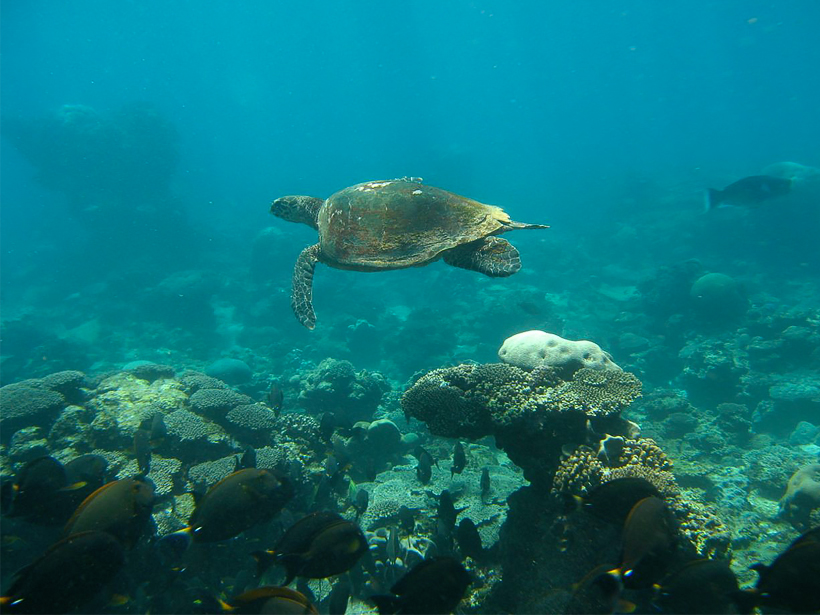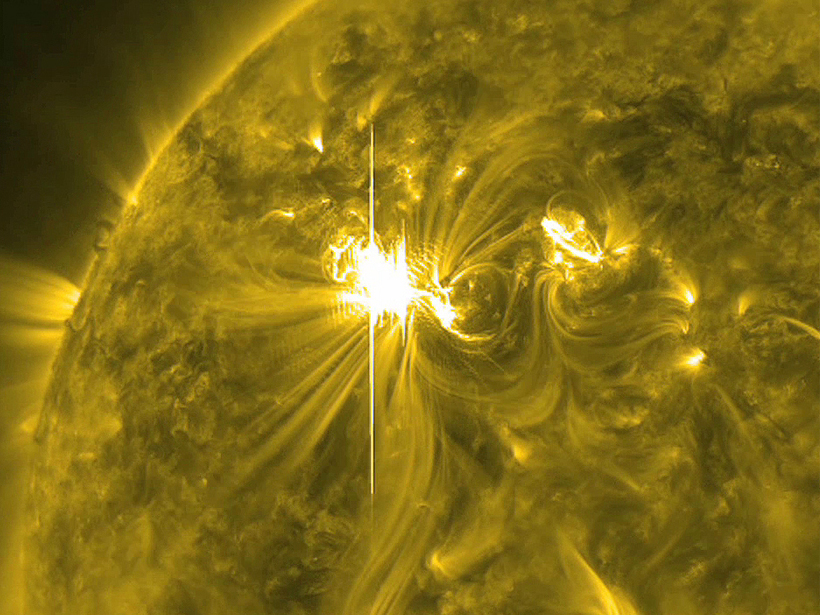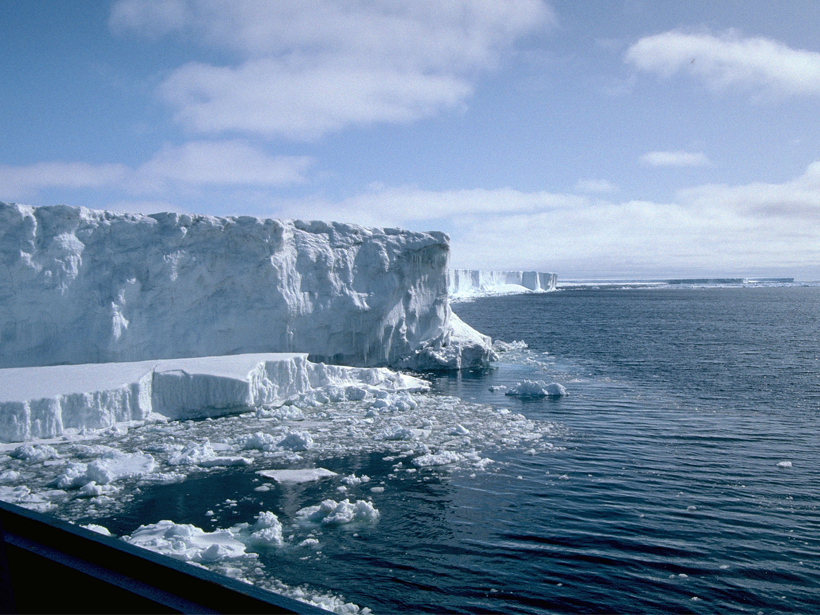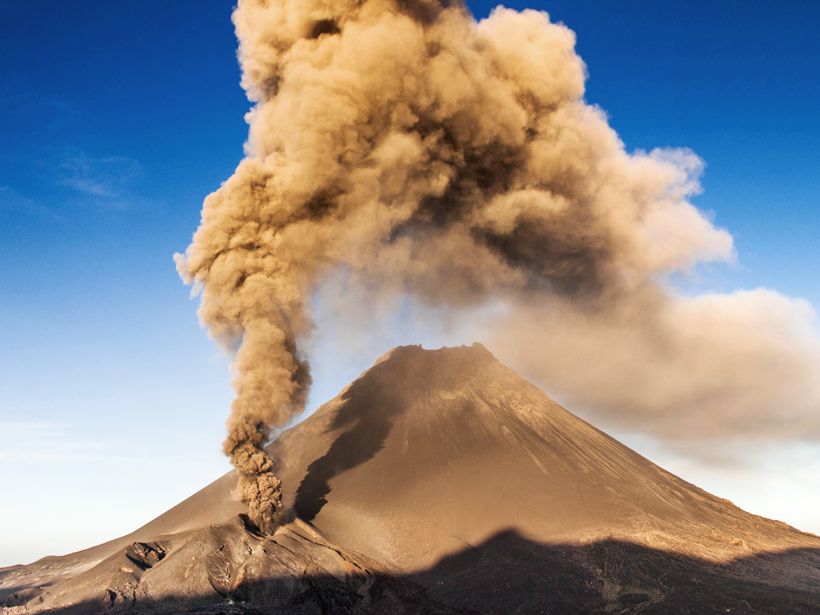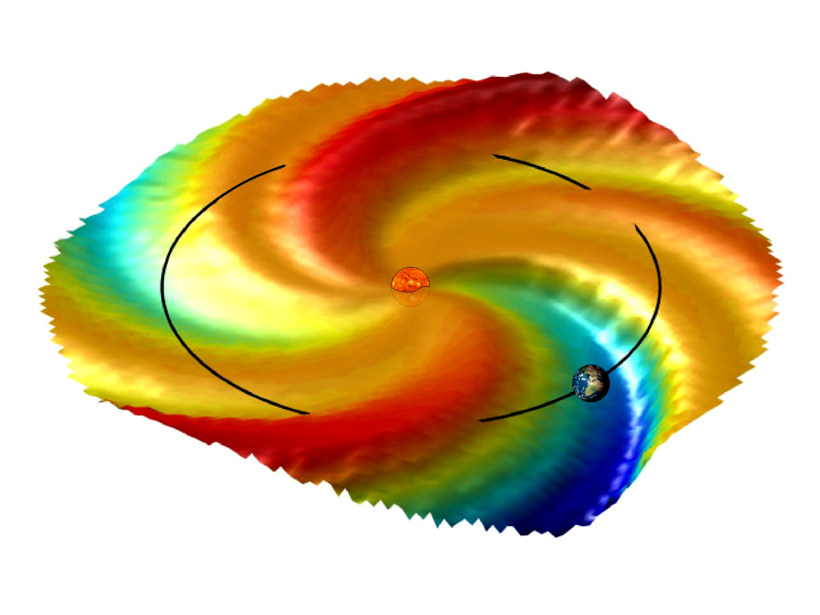Unusually low salinity intensified a warm-water current off the coast of Western Australia in 2010–2011.
Sarah Stanley
Sarah Stanley, a freelance writer for Eos, has a background in environmental microbiology but covers a wide range of science stories for a variety of audiences. She has also written for PLOS, the University of Washington, Kaiser Permanente, Stanford Medicine, Gladstone Institutes, and Cancer Commons, a nonprofit that works with cancer patients.
New Model Predicts Big Solar Proton Storms
Forecasts of dangerous solar events could buy time for astronauts en route to the Moon or Mars.
Tracking the Fate of Antarctica's Ice
New, more accurate satellite data provide researchers with ice shelf thickness measurements that will allow for better ice loss monitoring.
Modeling the Future of Dissolved Organic Carbon in Boreal Forests
Climate change and forest harvesting will increase the concentration and flow of dissolved organic carbon in boreal streams.
What Drives Pollutant Dispersion at Night?
Better understanding of waves and turbulence in calm air could improve predictions of weather and pollutant dispersion.
Massive Carbon Dioxide Stores Beneath Mammoth Mountain
Gas in rocky pores beneath the surface of California's Mammoth Mountain could fuel dangerous carbon dioxide emissions for the next 28 to 1100 years.
Radar Technique Shows Magma Flow in 2014 Cape Verde Eruption
The European Space Agency's Sentinel-1 satellite captures volcanic surface changes that reveal the flow below.
Could Thinning of High Clouds Combat Climate Change?
A climate engineering technique that lets more heat escape from the atmosphere could avoid water cycle suppression associated with other radiation management approaches.
How Climate Change Impacts Clouds' Ability to Cool Earth
Understanding the small-scale processes underlying mixed-phase clouds' response to climate change will help scientists strengthen climate models.
Sun's Magnetic Field Impacts Earth's Thunderstorms
Lightning strikes are more frequent when Earth encounters a polarity switch in the solar magnetic field.

